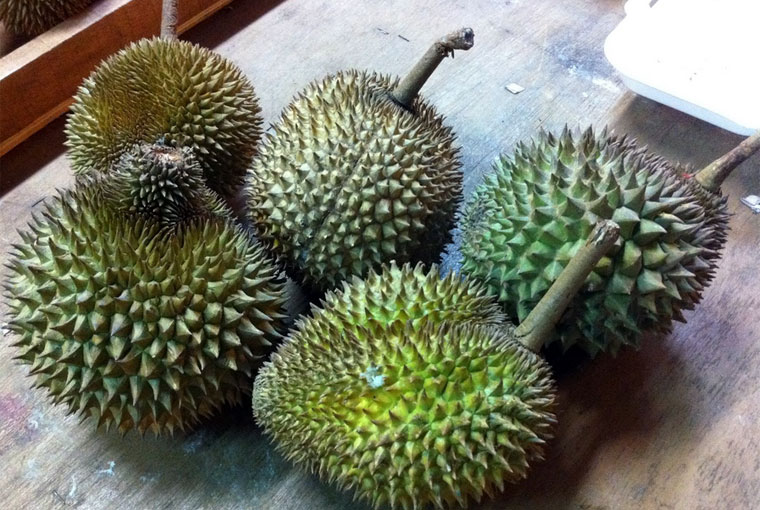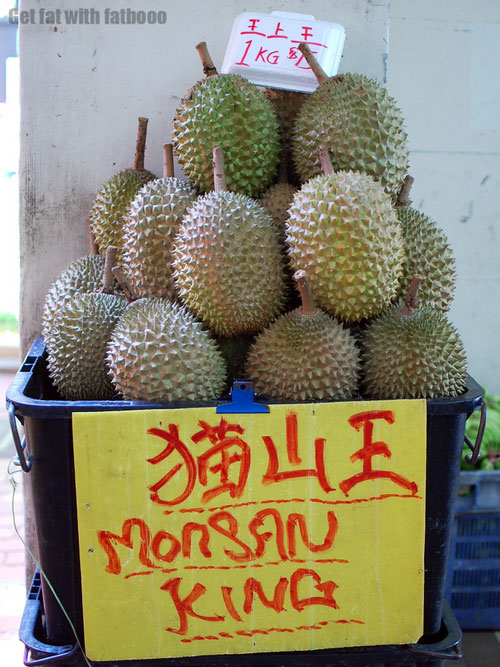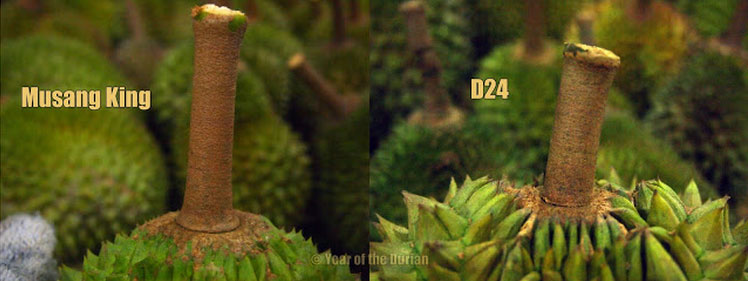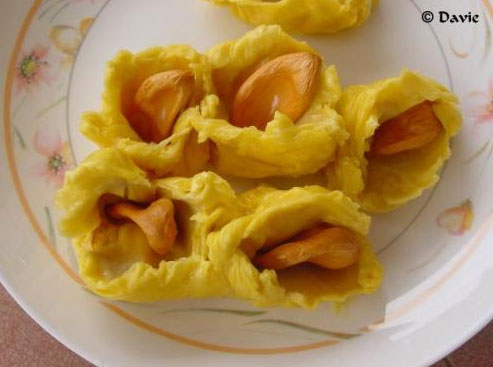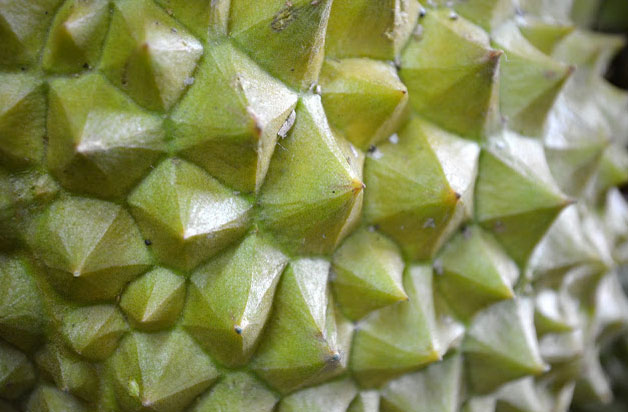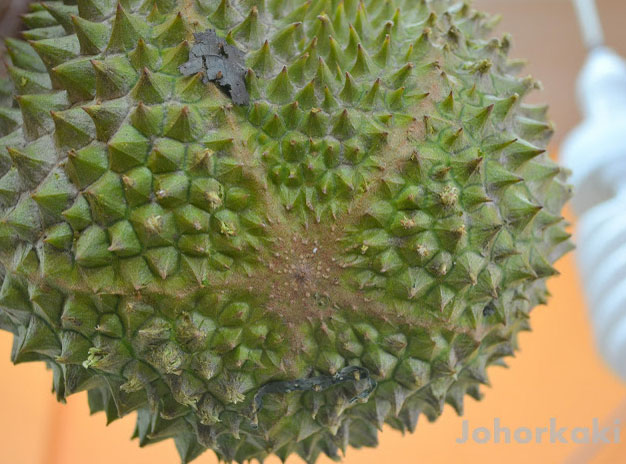The harvest for Malaysian durians this June-July 2015 season has been abundant and the quality better than last year due to a variety of reasons, durian sellers told The Straits Times.
Some reasons that account for this bonanza: Heavy rainfall and lots of sunshine prior to this harvest and also due to some long-term trend where durian quality supposedly peaks every 15 years.
Other factors as to why the number of durians have increased: The harvest season in Pahang and Johor, Malaysia, have coincided this year: Harvest season typically occurs in early July in Pahang but it started earlier this year. Johor's harvest season is usually from end May to early June.
And the lesser demand in Malaysia due to Ramadan now means more durians are exported.
Common durian prices are down by as much as 20 to 40 percent (about a few dollars to $8 per kg) but hot favourite Mao Shan Wang is still priced the same as last year or even more: A kilogram (kg) of Mao Shan Wang durian costs about $15 average, pricier than last year when it was $12 at its lowest over the same period.
Even at its lowest, Mao Shan Wang durians are still expected to cost between $13 and $15 this year, so don't bet on prices plummeting.
To help you not get ripped off, here are 5 ways to spot a Mao Shan Wang:
1. The husk of the Mao Shan Wang durian is dusky green-brown bordering on yellow.
2. The Mao Shan Wang durian (on the left below) is clear of thorns around the stem.
3. The seeds of the Mao Shan Wang are small and flat and the flesh of the fruit falls off the seeds easily unlike normal durians that can be rich, creamy and sticky.
4. The thorns of the Mao Shan Wang are like small pyramids.
5. There is a characteristic brownish 5-arm "starfish" at the base of the Mao Shan Wang.
Top photo via
If you like what you read, follow us on Facebook and Twitter to get the latest updates.
If you like what you read, follow us on Facebook, Instagram, Twitter and Telegram to get the latest updates.
